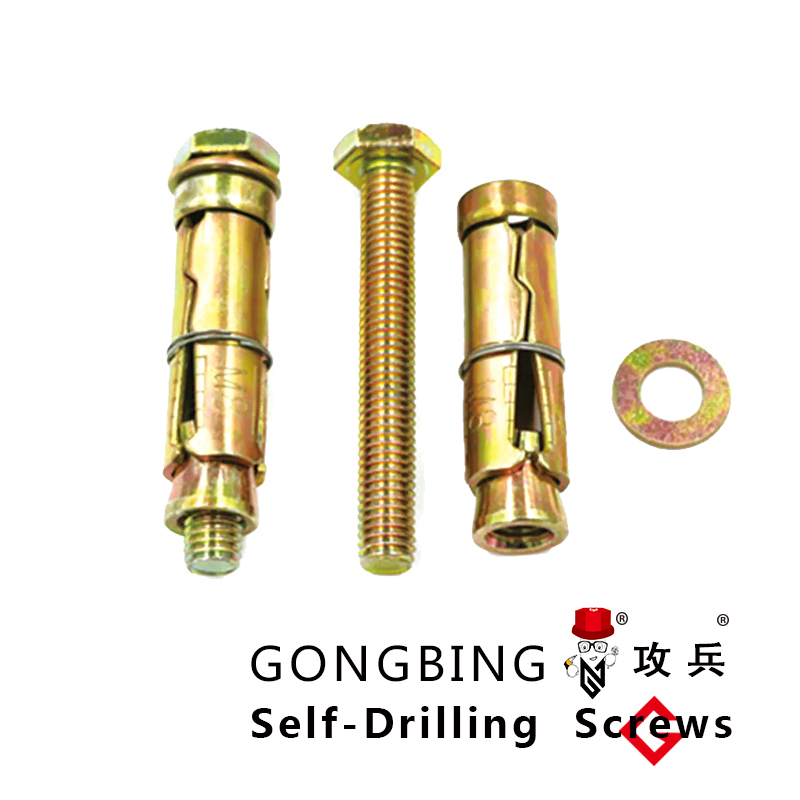Innovative Steel Bracing Techniques for Enhanced Structural Stability and Safety Solutions
Steel Bracing Enhancing Structural Stability and Resilience
Steel bracing is a crucial element in modern structural engineering, specifically designed to enhance the stability and load-bearing capacity of a building or structure. As urban environments continue to grow in complexity and scale, the necessity for robust and reliable construction techniques becomes increasingly paramount. Steel bracing serves as an effective solution to address the challenges posed by lateral forces, such as wind and seismic activity, ensuring that buildings can withstand various forms of stress while maintaining integrity.
The primary function of steel bracing is to provide lateral support to structures, acting against the forces that may cause a building to sway or collapse. This is especially important in areas prone to earthquakes or strong winds, where traditional unbraced structures may fail under duress. Steel bracing systems can be classified into several types, including cross bracing, knee bracing, and shear bracing. Each type employs a different arrangement of steel members to maximize strength and stability, and the choice of system often depends on the specific requirements of a project.
Cross bracing is one of the most popular configurations used in contemporary construction. It involves the installation of diagonal steel members that crisscross between vertical and horizontal structural elements, forming an X shape. This design effectively transfers loads and reduces the potential for lateral movement. Similarly, knee bracing involves diagonal members connected to vertical columns, creating a triangular shape that further enhances structural integrity. Shear bracing, on the other hand, uses vertical and horizontal elements in combination to create a shear wall effect, providing resistance to lateral forces.
steel bracing

The benefits of steel bracing extend beyond mere structural stability
. The introduction of bracing systems can also lead to significant cost savings over the lifecycle of a building. By reducing the amount of material required for lateral support, engineers can optimize design efficiency and minimize unnecessary expenditures. Moreover, the lightweight nature of steel allows for more flexible design options, enabling architects to push the boundaries of creativity while ensuring safety and compliance with building codes.In addition to its structural advantages, steel bracing supports sustainability initiatives in construction. Steel is a highly recyclable material, making it an environmentally friendly choice. The durability of steel structures means they can endure harsh conditions over time, reducing the need for frequent repairs or replacements and thereby minimizing waste.
In conclusion, steel bracing is a critical component of modern building design, offering enhanced structural performance and resilience against lateral forces. As the construction industry continues to evolve, the integration of innovative bracing techniques will play a vital role in creating safer, more sustainable urban environments. By harnessing the unique properties of steel, engineers can develop structures that not only fulfill aesthetic and functional requirements but also withstand the challenges posed by nature, ultimately ensuring the longevity and reliability of our built environment.
-
Weatherproof Plastic Expansion Anchors for OutdoorNewsJun.06,2025
-
Sustainability in the Supply Chain: Eco-Friendly TEK Screws ProductionNewsJun.06,2025
-
Load-Bearing Capacity of External Insulation FixingsNewsJun.06,2025
-
Double Head Bolts: Enhancing Efficiency in Industrial MachineryNewsJun.06,2025
-
Corrosion Resistance in Chipboard Screws: Coatings for Wholesale DurabilityNewsJun.06,2025
-
Butterfly Toggle Bolts : Enhancing Structural ResilienceNewsJun.06,2025
